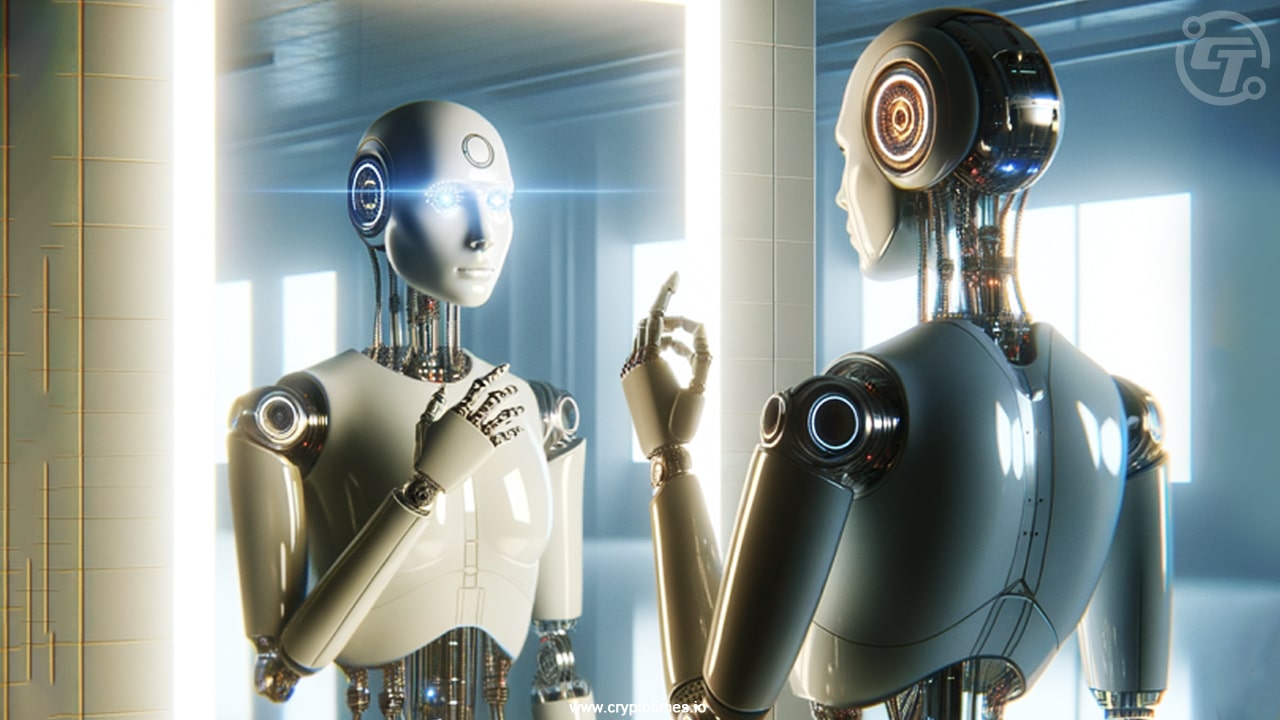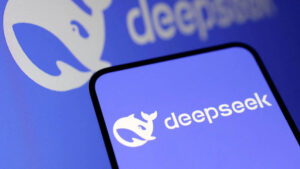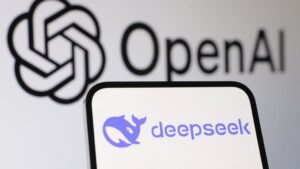China Develops AI Capable of Self-Improvement Without Human Involvement

China’s Ambitious Self-Improving AI Project
In recent months, China’s advancements in artificial intelligence (AI) have taken a significant leap forward with the introduction of DeepSeek AI and Manus AI. Now, the country is directed towards developing a groundbreaking AI model that can learn and improve itself without any human intervention for updates or maintenance. This innovative approach to AI could soon transform from a concept seen in science fiction into a tangible reality, reflecting China’s rapid progress in the global AI race.
The Rise of DeepSeek
Earlier this year, China made headlines with its AI chatbot, DeepSeek, which gained immense popularity due to its low operational costs. The launch of this AI tool has drawn global attention and highlighted China’s capabilities in the AI domain. Following its success, the DeepSeek team has partnered with Tsinghua University—one of the leading academic institutions in Beijing—to enhance its AI model further, aiming to create an all-encompassing machine that operates independently of human help.
Understanding Self-Improving AI
Self-improving AI refers to an advanced form of artificial intelligence that can autonomously enhance its capabilities over time. Unlike traditional AI systems that rely on human intervention for updates, self-improving AI learns from past experiences, identifies its errors, and adapts accordingly to complete tasks more effectively.
This concept is akin to a person mastering a new skill through practice without constant supervision from a teacher. These AI systems deploy reinforcement learning, a technique that allows them to receive rewards for successful actions, thereby accelerating their learning curve.
Implementing Reinforcement Learning
The team at DeepSeek is focused on making its AI models function in a way that aligns with human needs. One of the key strategies they employ is reinforcement learning. This method has proven successful for training AI on specific tasks, such as gaming and solving basic problems, but has faced challenges when applied to broader tasks.
To overcome these hurdles, DeepSeek has introduced a method called “self-principled critique tuning.” This innovative approach helps the AI understand the differences between correct and incorrect actions, effectively enabling it to refine its performance independently.
Recent findings published in a research paper indicate that this new strategy outperformed other methods during tests, offering superior results while requiring less computational power. Essentially, this approach empowers AI to learn and adapt more efficiently.
The Future of DeepSeek AI
The latest model from DeepSeek, known as DeepSeek-GRM, is engineered to learn and enhance itself across a range of tasks by earning rewards for successful actions. One of the exciting aspects of this development is DeepSeek’s intention to make these AI models open-source. This means they will be available for anyone to use, analyze, or modify without fees or formal permissions.
While details regarding the release of this new AI model remain uncertain, the anticipation for its launch is growing. In the competitive landscape of AI technology, other tech giants, such as OpenAI and Alibaba, are also in the race. OpenAI is set to launch its o3 and 04-mini AI models soon, while Alibaba is working on enhancements to its AI model, Qwen 2.5-Max, which claims improvements over existing models like OpenAI’s GPT-4o and DeepSeek-V3.
Additionally, Meta recently introduced Llama 4, a new large language model that adds to the mix of advancements in AI technology.




